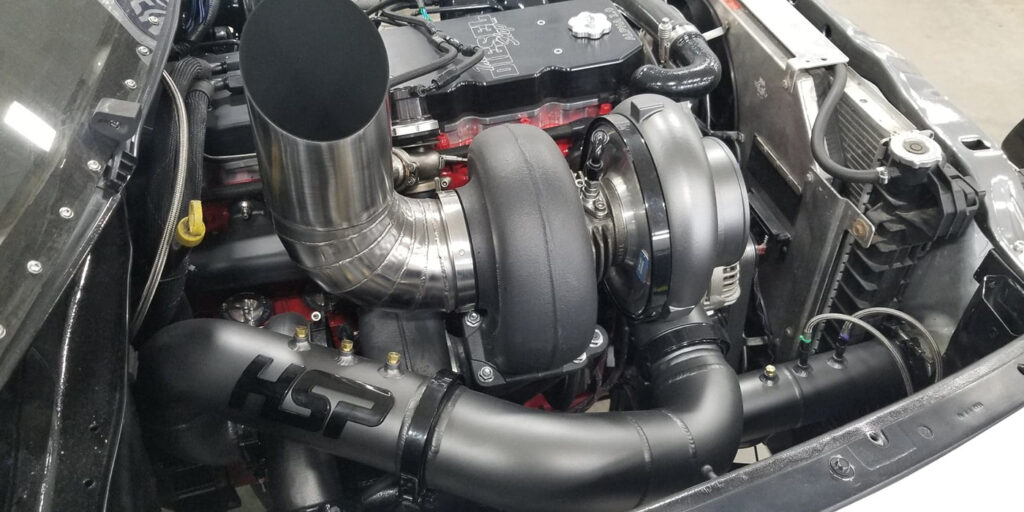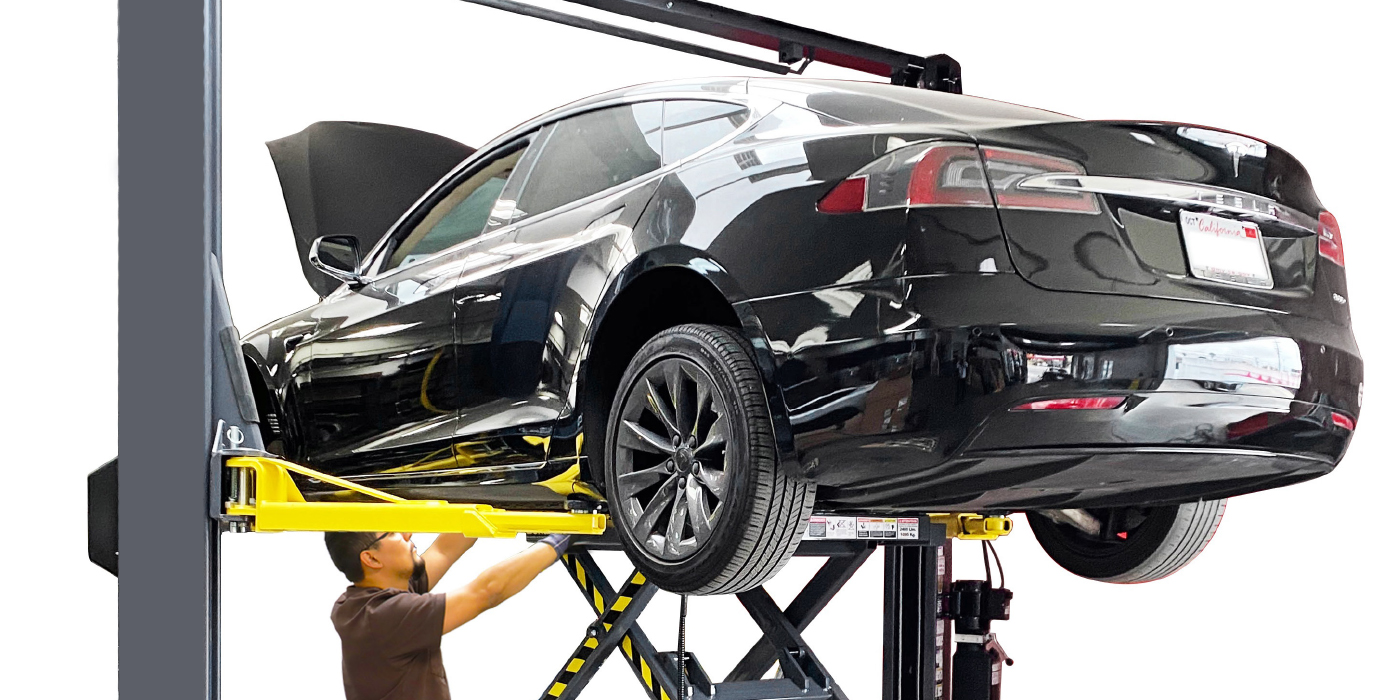Tire rotation is a cornerstone of vehicle preventive maintenance and tire longevity. It is a well-proven fact that tire tread life can be greatly enhanced by regular and timely tire rotation. During rotation, each tire and wheel is removed from a vehicle and moved to a different position to ensure that all tires wear evenly and last longer. This is where TPMS comes into play.
If you’re servicing a TPMS-equipped vehicle, you will need more time, tools and training for the sensors to properly learn their new positions.
Does this mean the death of the free tire rotation? Yes, at least for TPMS-equipped vehicles. This includes almost every vehicle starting with the 2007 model year.
 Pricing TPMS Services
Pricing TPMS Services
Pricing may depend on your market. Some tire dealers and chains may have a flat fee for TPMS tire rotation and services. If you run a smaller shop, you will have to be more creative with your menu due to the differences in economies of scale.
The first item for the menu is a TPMS diagnostic fee. This is the fee to be charged from the start for customers who call and say, “My TPMS light is on, can you turn it off?” Never assume that just adding air will turn the light off; chances are the customer has already done that. This fee should be equal to a half hour of labor. This does not include relearning or reprograming sensors.
The TPMS re-learn fee should be separate from the tire rotation, but the service should be quoted in a bundle to the customer. This fee should be the same for all vehicles, but it should be followed by the disclaimer, “FOR MOST VEHICLES.”
Replacement of sensors and service kits can have a single menu price if you have the volume, but, if sensor replacement is unpredictable and sporadic, you can price it individually. Research what your competitors are charging, but do not price your service so low that it becomes a loss leader.
Education Is The Key
In a recent survey commissioned by Schrader International, 42% of drivers still cannot accurately identify the TPMS dashboard-warning symbol. This makes the sales process for TPMS rotation, replacement sensors and service kits very difficult.
 Taking the time to educate your customers about TPMS, and letting them know that you are operating in their best interest, can literally turn them from potential antagonists to willing allies in your sales process.
Taking the time to educate your customers about TPMS, and letting them know that you are operating in their best interest, can literally turn them from potential antagonists to willing allies in your sales process.
In the same survey, 96% of drivers considered under-inflated tires a serious safety issue, and 89% think properly inflated tires and an automatic warning system could save their life.
Although these statistics have improved since the last such survey in 2010, when the figure was 46%, this still leaves a great many customers without the most basic (and to drivers, arguably the most important) knowledge about tire pressure monitoring.
That’s bad enough, but if your customers don’t even know what the dashboard light is for, how can you expect them to understand why you need to charge them for service kits?
One thing that can help your customers be more open-minded to being educated in the first place is to essentially ban the use of the term “TPMS” while speaking with them. TPMS is just a big, scary acronym to most people, and even “Tire Pressure Monitoring System” often sounds way too complex to a customer who is not technically oriented.
Instead, talk about “tire pressure sensors” or “tire pressure monitoring,” and you will likely find that customers can actually get their heads around the concept and will feel that much more comfortable and empowered.
Customer Refusals
What if a customer refuses to pay for TPMS services as part of a tire rotation or tire-related service? For rotations, do not perform the service. Swapping tire positions and not re-learning tire positions is effectively disabling a safety system, which could be seen as against the law by some inspectors.
Be honest with the customer. It’s not like you’re trying to sell snake oil or vehicle undercoating; you truly are providing a useful, valuable and important service that will be a safeguard to both them and their vehicle.













